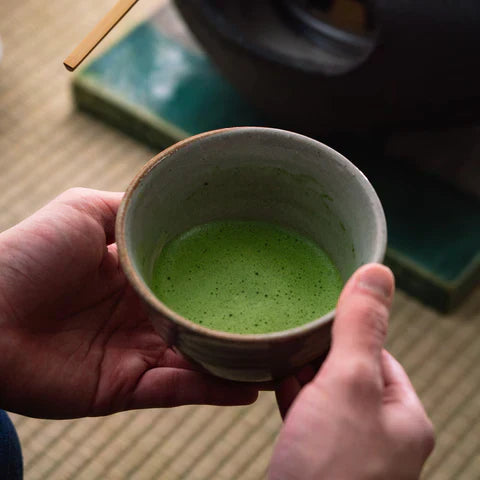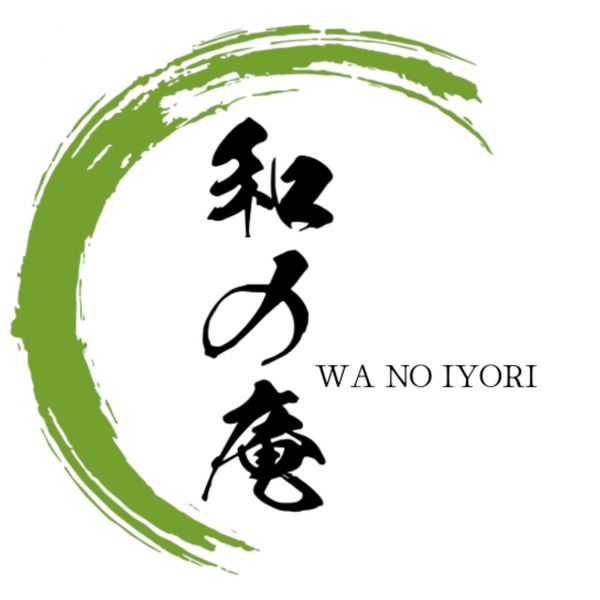
Chanoyu: The Art of the Japanese Tea Ceremony
Share
Introduction
The soft hiss of the kettle, the fragrant aroma of incense, the serene beauty of a single flower – these are just a few of the sensory experiences that evoke the essence of chanoyu, the Japanese tea ceremony. More than simply a method of preparing and serving tea, chanoyu is a profound art form that encapsulates centuries of Japanese aesthetics, philosophy, and spirituality.
What is Chanoyu?
Chanoyu, also known as sadō or the Way of Tea, is a deeply ritualized practice that involves the preparation and presentation of matcha (powdered green tea) in a specific and meaningful manner. It is a journey of self-discovery, mindfulness, and cultural immersion that emphasizes harmony, respect, purity, and tranquility.
Key Elements of Chanoyu
- The Tearoom (Chashitsu): A specially designed room with low ceilings and tatami mats, creating an intimate and serene atmosphere.
- Sadōgu (Tea Utensils): Exquisitely crafted tools, including bowls, whisks, scoops, and water containers, often considered works of art.
- Matcha: The heart of the ceremony, prepared in two forms: koicha (thick tea) and usucha (thin tea).
- Wabi-Sabi: A core aesthetic principle that embraces imperfection, transience, and the beauty of natural aging.
- Harmony and Respect: Cultivating a sense of harmony between the host, guests, and the surrounding environment.
The Tea Ceremony Experience
A traditional tea gathering (chaji) typically includes:
- Sumidemai: The preparation of the charcoal fire.
- Kaiseki: A light and elegant multi-course meal.
- Okashi: The serving of traditional Japanese sweets.
- Koicha-temae: The formal preparation and serving of thick tea.
- Usucha-temae: The preparation and serving of thin tea.
The Philosophy of Chanoyu
- Zen Influence: Chanoyu is deeply rooted in Zen Buddhist principles, emphasizing mindfulness, simplicity, and the appreciation of the present moment.
- Ichi-go ichi-e (One Time, One Meeting): Recognizing the unique and fleeting nature of each moment.
- Wa Kei Sei Jaku: The four cardinal virtues of harmony, respect, purity, and tranquility.
Schools of Chanoyu
There are various schools of chanoyu, each with its own distinct style and approach. The most prominent schools include:
- Urasenke
- Omotesenke
- Mushakōjisenke
Learning Chanoyu
Learning chanoyu is a lifelong journey. To begin your exploration:
- Find a local chanoyu group: Connect with experienced practitioners and learn from qualified teachers.
- Seek guidance: Explore online resources, books, and documentaries to deepen your understanding.
- Embrace the process: Approach chanoyu with patience, respect, and a spirit of continuous learning.
Conclusion
Chanoyu is a profound art form that offers a unique path to self-discovery, cultural enrichment, and a deeper appreciation for the beauty of simplicity and the fleeting nature of life. By embracing the principles of wabi-sabi, cultivating mindfulness, and engaging in the ritual of preparing and sharing tea, practitioners can experience a profound sense of peace and connection.
